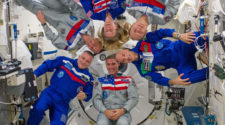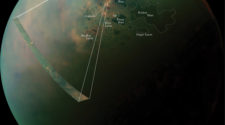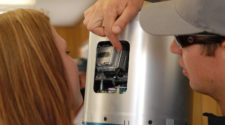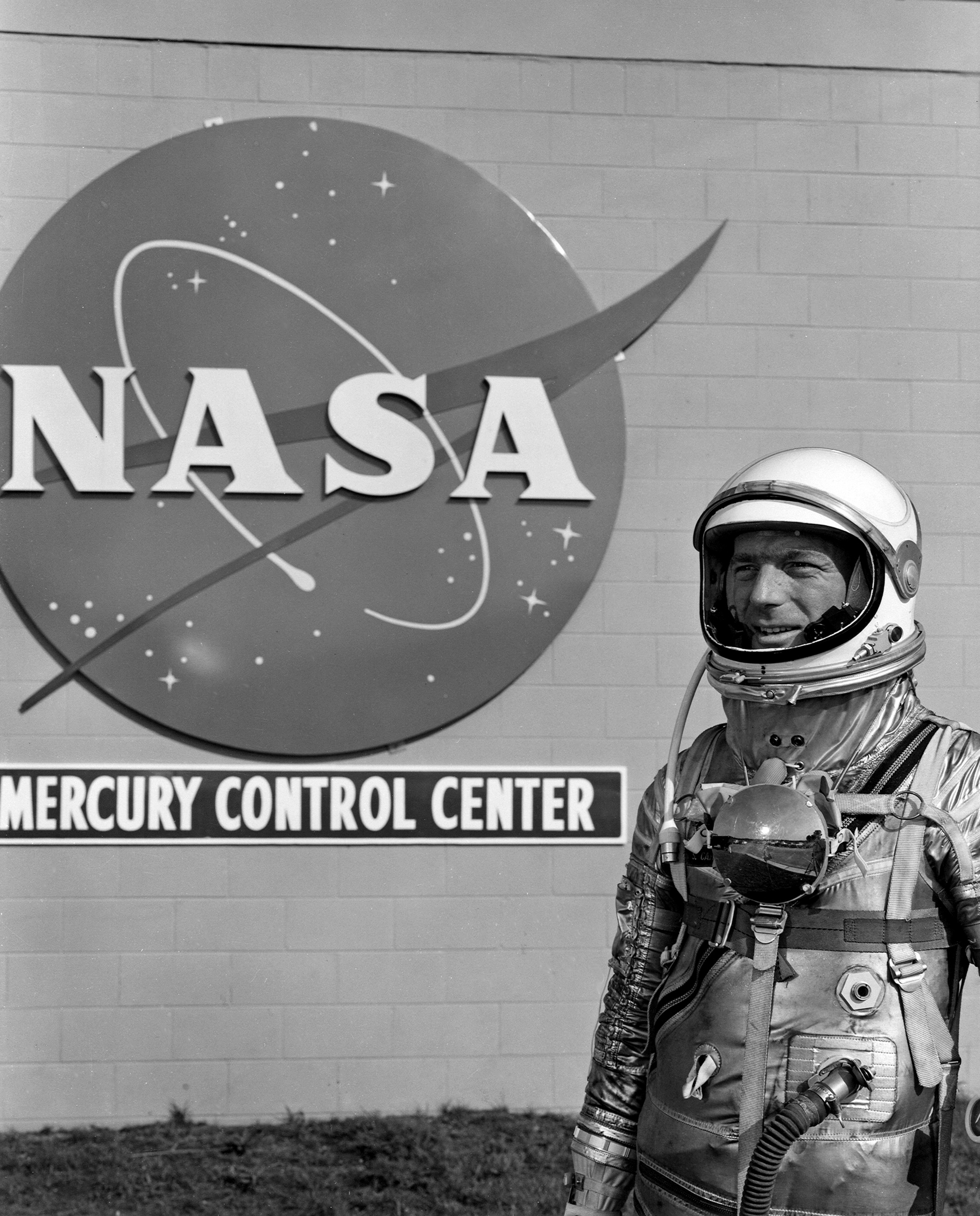
One of only two remaining Mercury Program Astronauts from the 60’s, Scott Carpenter, sadly passed beyond the veil on Thursday, October 10, 2013 following a stroke in September. He was 88 years of age. Carpenter was one of the earliest pioneers in the infancy of the Space Age. He was the second American to cross the threshold into orbital space on his MA-7 “Aurora 7” spaceflight and the sixth man overall. He also held the unique distinction of being not only an astronaut but an aquanaut following his NASA career in the US Navy’s various Sea Lab projects.
For each last step, there is a first step. Born in Boulder, Colorado on May 1, 1925, Malcolm Scott Carpenter was impressed by planes at the age of five when his father took him to his first airshow. His love of flight grew as he continued to build and fly model balsa wood plane kits as a boy. He gained a Bachelor of Science degree in Aeronautical Engineering from the University of Colorado, before entering flight school with the U.S. Navy at Pensacola, Florida and Corpus Christi, Texas. After the Korean War where he flew aerial anti-submarine surveillance and patrols, Carpenter enrolled at Patuxent River’s Navy Test Pilot School in Maryland. Following this, he was assigned as an Air Intelligence Officer on the USS Hornet. During this time he received special orders to report to Washington D.C. for an unnamed meeting. That meeting led to his selection in Project Mercury on April 9, 1959, which was instituted as the newly formed NASA’s first step to catch up to the Soviets who had taken an early lead in the rapidly escalating Space Race.
What followed is fabled history. The exhaustive raft of testing of 110 candidates down to what are now known as the “Original Seven” and Carpenter formed part of that elite fraternity of Mercury Astronauts. Their every move was recorded and lauded by the public at large as the nascent American Space Program took its initial steps forward. Due to his communications and navigation experience Carpenter was back-up on his good friend John Glenn’s orbital flight. Upon launch, as Glenn cleared the tower, Carpenter’s words of “Godspeed John Glenn” were recorded and have echoed through the years of spaceflight history. Carpenter repeated this goodwill message when Glenn went into orbit again aboard the Shuttle in 1998.
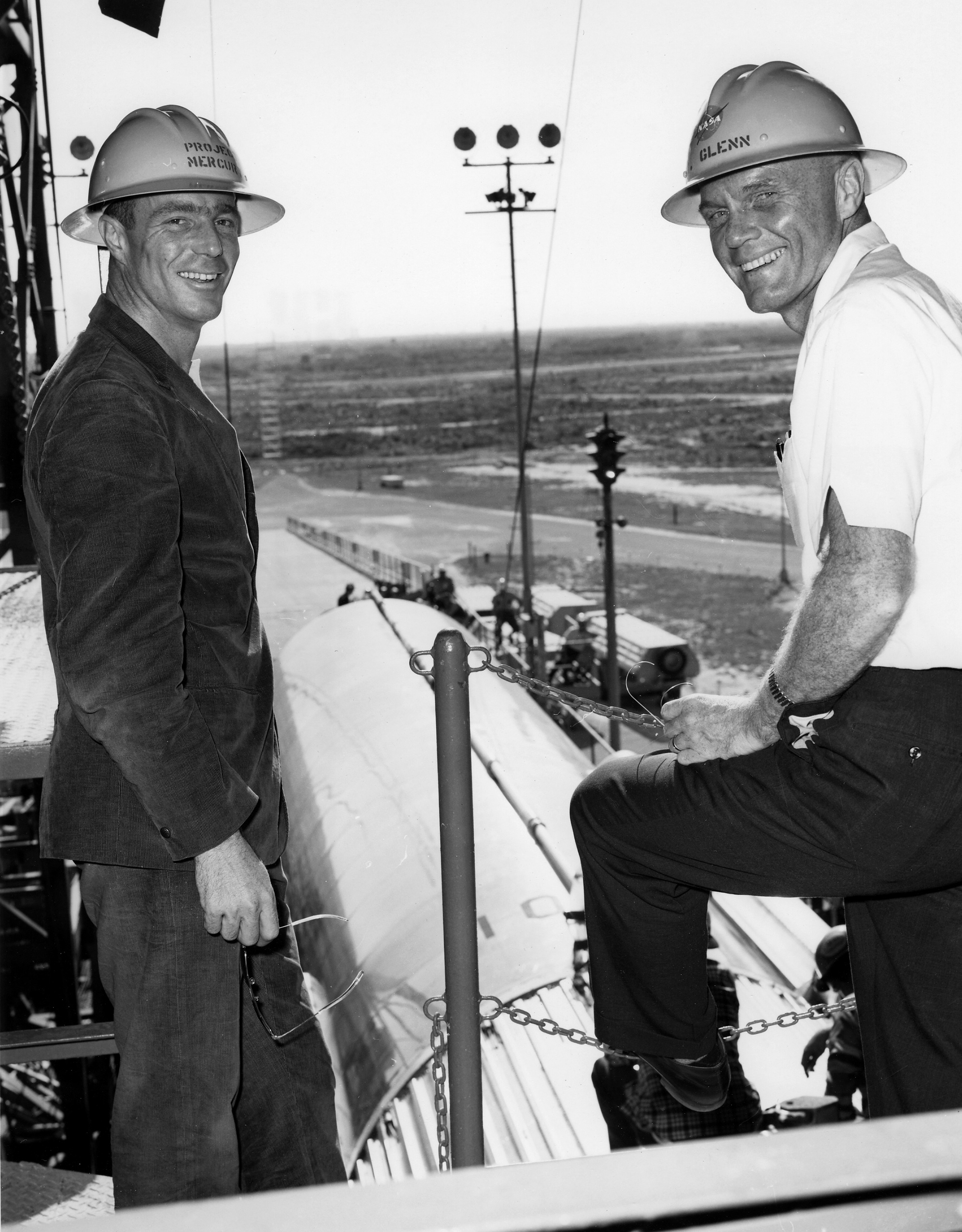
On May 24, 1962, Carpenter’s own flight dubbed “Aurora 7” launched and completed three orbits of the Earth. His mission; to prove a human could work in space. This was an important link in the chain of events which ultimately resulted in a manned landing on the moon just seven short years later. For the first time he demonstrated humans could perform tasks, experiments, communications, navigation and eat solid food in space. Due to some technical faults, inadvertent errors during the mission, all of which Carpenter compensated for, Aurora 7 came home safely but overshot the target landing zone due to fuel mismanagement during the mission. He was found by rescuers almost 5 hours late, 1000 miles southeast of Cape Canaveral, coolly relaxing in the life raft alongside his spacecraft. Ever the gentleman astronaut he even offered his rescuers food and water from his survival kit.
As with many space explorers who are comfortable with the risk of space exploration, Carpenter had remarked that his mission realised a long held dream and that “This is something I would gladly give my life for”. In today’s modern world of Google Earth and armchair exploration, we should remember that back then it took a special kind of person to ride fire into the heavens to expand knowledge at risk of their own life. Unlike many of his Mercury astronaut peers who were recovered and debriefed after their space shots relatively quickly, Carpenter had time for introspection and reflection on the events and meaning of his experience on Aurora 7. Carpenter was also blessed with a curious and philosophical mind. Peering through the small periscope of Aurora 7 into the endless night outside, Carpenter remarked …
“From that view … you are a long way away. Everything you see gives you satisfaction of the expectation which involves curiosity. The most important driver in everything we did then was curiosity. Can we make machines do this? Can we put our bodies through this? It’s revelatory. Addictive. Beautiful beyond description. To have been in space is very satisfying of one’s curiosity. It’s instructive. It’s marvellous.”
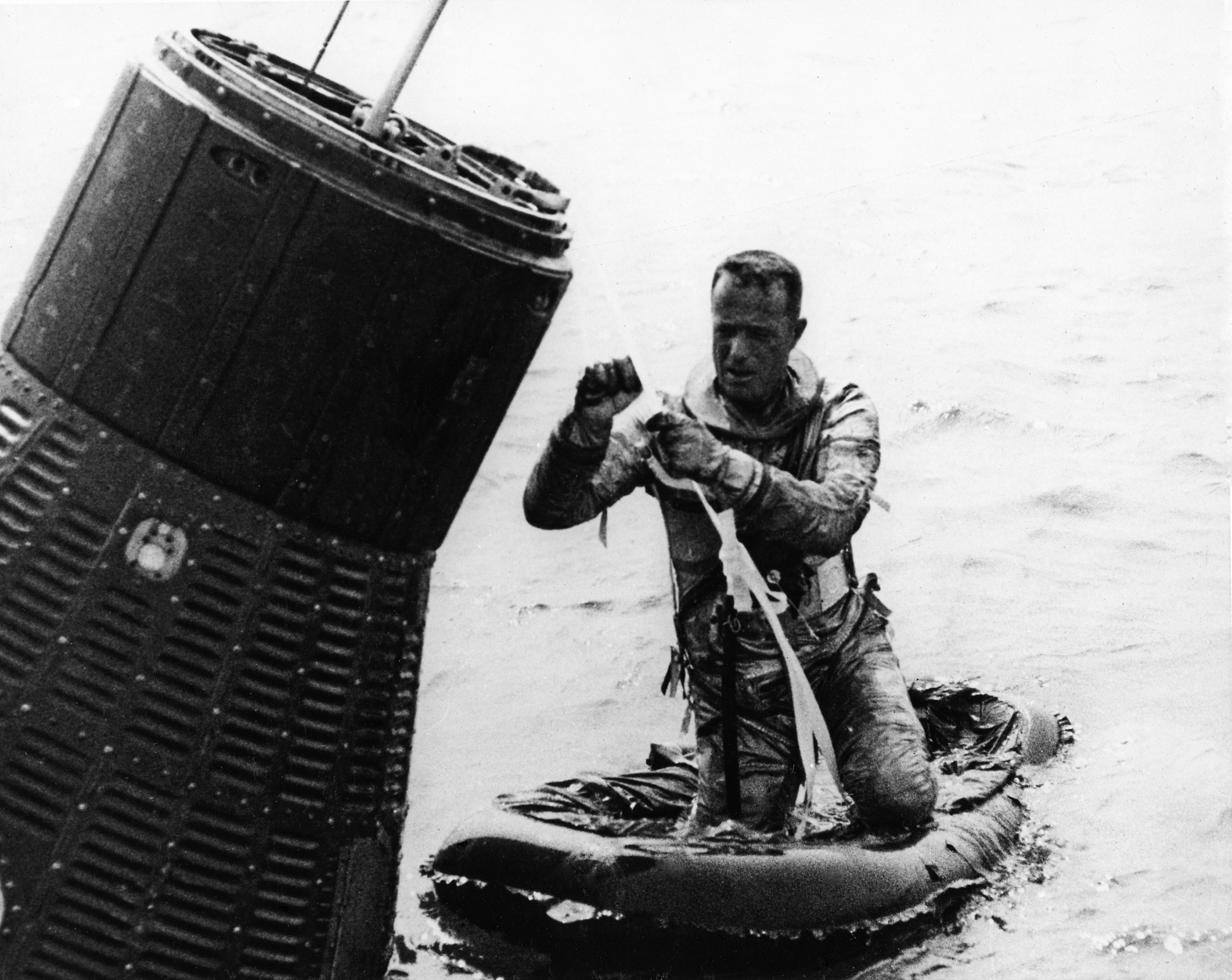
At the time, some may have perceived those comments and qualities to be extraneous for a test pilot / astronaut, favouring engineering rigour and zero margin of error during those early missions. Consequently, Carpenter never flew in space again. In later years his curiosity and philosophical mind have become more appreciated by his peers.
Following NASA, Carpenter’s curious mind to banish unknowns led him to meeting with the French oceanographer Jacques Cousteau. He saw many parallels, between deep space and the deep ocean, with transferable skills, technologies and parallel experiences. But more personally for him, like with his Mercury flight, working beneath the waves to satisfy his curiosity would remove any “unreasoned fears”, just as he had done above the clouds on Aurora 7. As part of the Navy’s Sea Lab II experiment, Carpenter spent 30 days in spring 1965 on the ocean floor of La Jolla as an aquanaut, proving humans could survive in this environment. At one point during his time under the waves, he even spoke by phone to the crew of Gemini 5 orbiting far overhead. Old Mercury Seven buddy Gordo Cooper was no doubt happy to hear him. His work on the ocean floor has yielded cross benefits for NASA too as Carpenter became the Navy/NASA liaison for underwater zero gravity training – or neutral buoyancy, which has become mandatory for NASA EVA astronaut training. For this work, Carpenter was awarded the Navy’s Legion of Merit medal.
Conquering fear is one of life’s greatest pleasures and it can be done in a lot of different places.
— Scott Carpenter, May 1, 1925 – October 10, 2013
In his later years after retiring from the Navy, Carpenter has remained active on various projects utilising his aerospace and oceanic engineering expertise. From enhancing ocean resource usage, to consulting on underwater, diving and submersibles, and lecturing on the future of technology developments and impacts, Carpenter has remained an active contributor to the quality of our lives here on Earth. Not stopping there, he has also authored three books, one of which is his memoirs “For Spacious Skies” which he wrote with his daughter Kris Stoever. Carpenter remained a staunch advocate of manned spaceflight, and pushing our exploration to Mars.
“We need a goal other than the International Space Station. We need to get cracking on a manned flight to Mars, because that is going to capture the interest, support and imagination of people who pay for spaceflight…We need to go to Mars… Mars is interim, but for now that is a goal that NASA and the country and the planet can live with enthusiastically”.
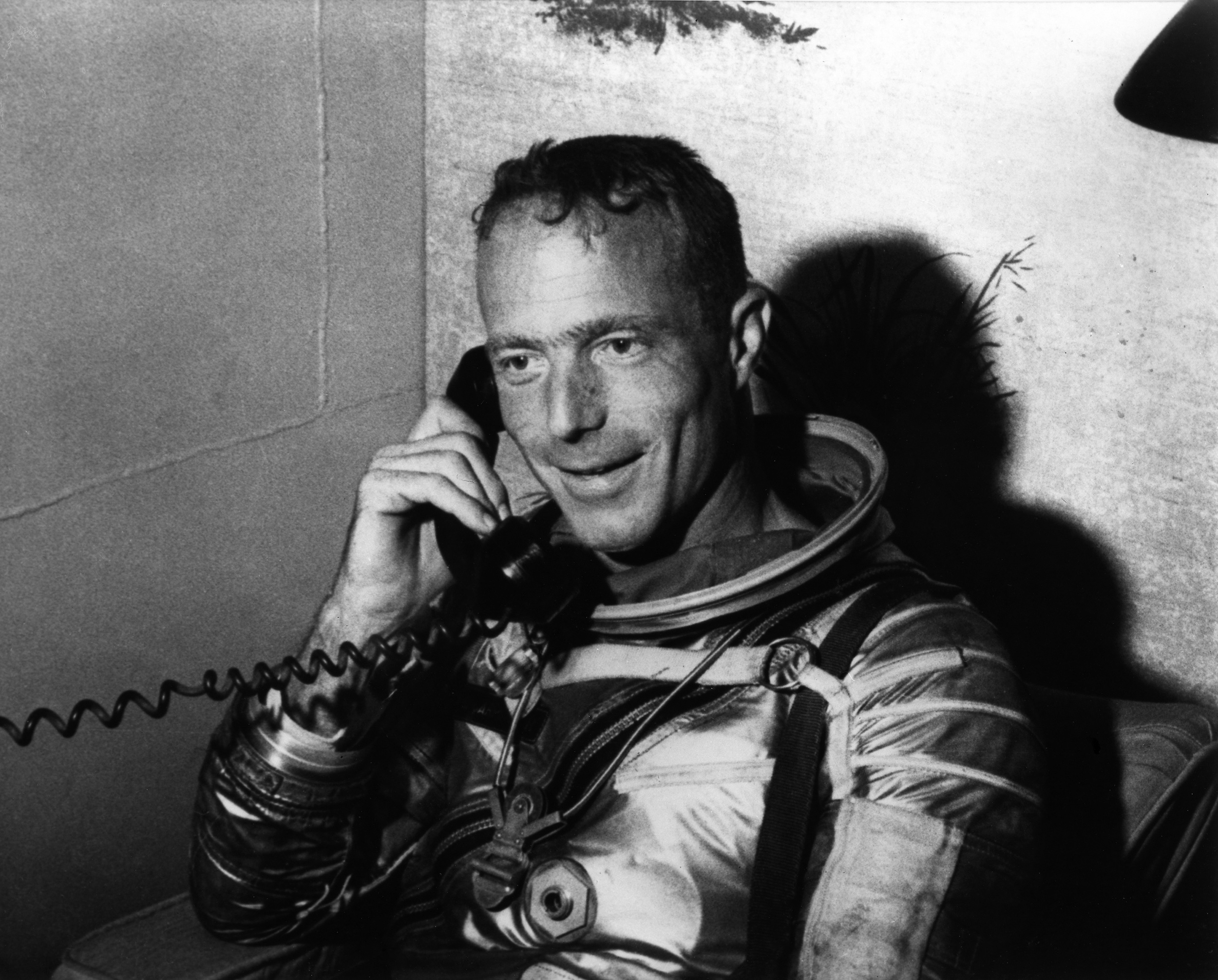
Looking back, Carpenter remarked that he and John Glenn bonded over common interests, mutual respect and being Air Force boys. Upon hearing of his great friend’s passing, the last remaining torchbearer of that age, Mercury astronaut John Glenn paid tribute with his friend’s simple words and remarked “Godspeed, Scott Carpenter”. Carpenter himself has remarked that he believes he is very fortunate to have lived life during a time when there were so many unknowns to be solved during this century. That has pleased him immensely as he was always a very curious person and he has had a lot of satisfied curiosity in his time.
Meeting Carpenter at Spacefest V in May 2013 in what turned out to be his twilight months, was a special privilege and for myself, the highest honour, to meet a member of the Original Seven. Meeting Scott himself, who truly understands the wider more nuanced experiences of manned spaceflight, the continuing importance of manned exploration and the questing nature of humanity, was even more special to me. The hallmark of his character, curiosity, still burned brightly in his alert eyes even though his health was visibly failing. I briefly asked him about what lessons he has taken with him on his explorations of the ocean and space. Scott merely whispered, as if sharing a secret.
“Be led by your curiosity. And never forget the fun of learning and discovery. It can take you places you have never dreamed.”
Words from a curious but ordinary superman that will stay with me forever. May fair winds be at your back Star Voyager for you have returned to the place where we all came from. You are stardust. We thank you for your bravery, your discoveries, your humanity and your continuing inspiration.
Godspeed, Scott Carpenter.

